
Ts4EVER
-
Gesamte Inhalte
204 -
Benutzer seit
-
Letzter Besuch
-
Tagessiege
5
Inhaltstyp
Forum
Kalender
Galerie
Beiträge erstellt von Ts4EVER
-
-
Viele von den "besorgten Bürgern" schwadronieren gerne über das christliche Erbe Europas, das beschützt werden müsse. Hier stimme ich sogar ein Stück weit zu, nur sind es nicht die Moslems, die es bedrohen. Es gibt viel im europäischen Erbe, das erhaltenswert ist: Die Idee von der Gleichheit aller Menschen, von der Würde, die jedem einzelnen zusteht, Religions- und Meinungsfreiheit und so weiter. Diese Werte waren immer universal, das heißt sie sollten für alle Menschen gelten, egal welche Hautfarbe er hat, ob er dumm ist oder schlau.
Es ist erschreckend zu sehen, dass immer weniger Leute bereit sind, auch für diese Werte einzustehen. Und damit meine ich nicht nur die Glatzen, sondern auch jene, die sich laut fragen: "Wer soll denn das bezahlen?" Denn hier sind wir, in meinen Augen, an einem Scheideweg angekommen. In unserer heutigen Gesellschaft ist es gerade in Mode, vor allem wirtschaftlich zu denken. Universitäten und öffentliche Verkehrsmittel müssen auf einmal Profit machen, Arbeitslose und Arme werden im Fernsehen als Untermenschen dargestellt und bürokratisch gegängelt. Das neue Motto ist: Menschenwürde für die, die es sich leisten können. Nicht sehr christlich, das Ganze.
Man sollte vielleicht an das Ende des Zweiten Weltkriegs zurückdenken, als die Flüchtlingsströme noch größer waren. Damals lag das Land in Trümmern. Vergleicht man das mit unserem heutigen Wohlstand (auch wenn er, Markt sein dank, ja in immer weniger Händen liegt), könnte man doch denken, dass sich das Problem leicht lösen ließe. Aber hier bin ich pessimistisch, denn über den oft beschworenen christlichen Werten stehen heute ganz andere Prioritäten: Bequemlichkeit, Sicherheit, Wohlstand, "Wachstum". Die Sache ist die: damit wird es auf Dauer sowieso vorbei sein. Denn wenn wir, wie es ja auf Facebook und Co gerne gefordert wird, "die Grenzen dicht machen", also uns verschanzen und im Mittelmeer Schiffe versenken spielen, wird das auf Dauer auch nichts bringen.
Zum einen hätte Europa dann sein letztes moralisches Kapital verspielt, seine eigenen Werte unglaubwürdig gemacht, zum anderen würden mehr und mehr Leute "da unten" zu dem Schluss kommen, dass, wenn sie an unserem Wohlstand nicht friedlich teilhaben können, vielleicht andere Methoden zum Einsatz kommen sollten. Genug Waffenlieferungen hat es ja gegeben und Gewalt zu üben lernt man in Syrien schnell. Solange wir ein System haben, dass solch drastische Unterschiede in Besitz produziert, wird es auch Flüchtlinge geben (und wer kann es ihnen verdenken?) Dieses Problem kann nicht in unserem jetzigen System gelöst werden.
-
 3
3
-
-
Wir arbeiten so schnell es geht.
-
 2
2
-
-
Hello and welcome back to another Forgotten Hope 2 update.
Today we are showing off a map that some of you might have already seen in one of our Dev Streams. It is of course Pegasus. This map was made by the talented Otolikos, and features several custom buildings such as the Château de Bénouville made by Toddel and the Horsa Bridge made by Gurdy and Nissi.
Of course, the most important statics for any map covering Operation Deadstick are the Bénouville Bridge (renamed Pegasus Bridge after the war) and the Café Gondree, both of ours made by Nissi. You'll be able to defend these by day, or capture them by night in the smaller 16 player layer.



The first objectives of D-Day were two bridges spanning the Caen canal and Orne river, codenamed "Pegasus" and "Horsa". The plan called for a glider-borne surprise attack in order to overwhelm the ill-equipped defenders as fast as possible. After this was accomplished, the paratroopers were to dig in and wait for reinforcements coming in from Sword Beach.



While this part of the plan worked well, the Germans reacted quickly and as the sun rose on the morning of the 6th of June 1944, tanks and armoured infantry of the 21st Panzerdivision closed in on the beleaguered bridgehead.

-
 5
5
-
-
Ja es ist schon erschreckend, wenn auch nicht besonders überraschend. PEGIDA und Co sind für mich richtige Schritte in eine völlig falsche Richtung. Es ist ja an sich gut, dass sich große Teile der Bevölkerung empören, weil es gibt im Land viel, über das man sich eigentlich empören müsste. Aber so ist das nun mal im Spießbürgertum: Radfahrerstellung! Mann tritt nach unten und buckelt nach oben. DIe Flüchtlinge haben es verbockt! Weil die haben ja in unserer Gesellschaft am meisten zu sagen...

Das Problem das wir zur Zeit (in Gesamteuropa) haben, ist dass nach dem Untergang des Sowjet-Systems die linken Parteien so diskreditiert sind, dass sie entweder wie die SPD ins Zentrum abwandern oder komplett marginalisiert werden. Das heißt dass rechtsradikale Gruppen als einzige authentische systemkritische Parteien wahrgenommen werden. Was gebraucht wird als Gegenpol ist eine moderne linke Partei, ein "Update" könnte man sagen, mit einem authentisch system- und kapitalismuskritischen Programm. Denn die Mainstreamparteien, die ständig händeringend darüber reden wie toll doch alles ist und wie alternativlos das jetzige System ist, sind eindeutig ein Teil des Gesamtproblems.
So, das war meine rationale Meinung zu dem Thema, emotionalerweise würde ich sagen: Verbrennt die Nazi-Häuser, mal sehen wie es denen gefällt!
-
Das StG45 wurde aber nie an Truppen ausgegeben.
-
Schön dass FH2 doch noch ab und zu überraschen kann

-
Kann auch sein dass es so aussieht weil die Läufe die für das Gewehr benutzt wurden aus anderen Gewehren stammten und schon ausgeschossen waren.
-
Nein, das StG45 war als Ersatz für das StG44 geplant. Das Volkssturmgewehr war eine Billigwaffe und alte Männer und 16 Jährige auszurüsten.
-
Hello and welcome back to another Forgotten Hope 2 update.
Today we are showing off two renders of a couple of German last-ditch weapons designed when the Red Army was knocking on the door of Berlin.
The Volkssturm (People's Storm) had been formed in October 1944 from half a million men too old or young to have been conscripted into the regular Heer. However, there were not enough regular weapons left to arm even the Army, let alone the Volkssturm. A series of cheap and primitive rifles were designed to arm the militia, and the most advanced of these was the Volkssturmgewehr made by Gustloff.
It used the same kurz ammunition and 30 round magazines as the StG 44, and was made from as few parts as possible. There were only 39 metal parts and 21 of these could be stamped. It operated by gas-delayed blowback, and similarly to many pistols the whole slide assembly surrounding the barrel recoils with each shot. Between January and May 1945, approximately 10000 were made and issued.
Perhaps the simplest of the primitive weapons was the Steyr VG5, also known as the Volkssturmkarabiner K98. It was assembled from a mixture of rejected receivers and shot out rifle barrels. Like all the Volkssturmgewers, it had fixed sights set for 100m. Unlike the other rifles, this one had no magazine and had to be reloaded after each shot. Both our Volkssturm rifles were made by Seth Soldier. -
Hello and welcome back to another Forgotten Hope 2 update.
Today we are showing off some more of the equipment that you'll be able to use as a Soviet infantryman, the M1940 Knife and the POMZ-2 anti-personnel mine.
The POMZ-2 is a very simple stake mounted fragmentation mine, typically triggered by a tripwire. It consisted of a cast iron body containing 75g of TNT, with a hole at one end for the fuse, and provision for a wooden stake at the other. The fragments could be lethal up to tens of meters away, but were usually quite unevenly spaced and a more conservative lethal range was about 4 meters. Copies of this mine are still found in use today.
The Winter War had demonstrated to the Red Army both that they lacked an effective fighting knife, and that the Finnish Puukko was very effective in this role. The design of the M1940 or NR-40 took the Puukko and modified it to make it a more suitable fighting weapon. The cross piece is curved in the opposite direction to a more standard knife, since it was designed be held with the blade facing in. Both the M1940 and the POMZ-2 were made by Seth Soldier. -
Hello and welcome back to another Forgotten Hope 2 update.
Today we have a couple of renders of some equipment that you might find useful when the tanks come rolling in. The Faustpatrone, the RPG-43 anti-tank grenade and the RDG-1 smoke grenade.

The anti-tank weapons available to the Red Army at the beginning of the war were adequate against the panzers of the time. However, by 1943 they had largely been made obsolete by newer German tank designs with thicker armour. The RPG-43 anti-tank grenade was designed to replace the older RPG-40, substituting some of the explosives for a more effective HEAT warhead. To ensure the perpendicular hit necessary for the warhead to work, the grenade had a long fabric streamer that would stabilise it in flight. This was folded up under the metal cone, which was forced off by a spring when the grenade was thrown.
The RDG-1 was a very simple smoke grenade, manufactured from cardboard and wood and activated by hand with a friction igniter. It was designed to float and could be used on water. Both these Soviet grenades were made by Toddel.

The Faustpatrone was the first recoilless anti-tank weapon developed in Germany. Development started in mid 1942 by the company HASAG, with the first batch delivered in August 1943. The first faustpatrones did not have any aiming sights, though these were soon added to the design. It had a range of about 30 metres, and the projectile would take a full second to travel that distance. When it arrived, it was capable of penetrating 140mm of armour. The later panzerfausts were developed to provide a more powerful and thus heavier warhead, but the faustpatrone still remained in production until the end of the war. Ours was made by Knoffhoff.
-
Hello and welcome back to another Forgotten Hope 2 update.
Today we are showing renders of a couple of old friends from Forgotten Hope that we felt were of suitable quality to port across. They are of course the PTRD and PTRS.
The Red Army in the 30s had made some aborted attempts at producing an anti-tank rifle, but no real progress was made before the Invasion of Poland in 1939. The Poles had in the Wz.35 a capable weapon that was used against the light German tanks to some effect. Following the fall of Poland, the Soviet Union captured a number of these rifles but did not make much use of them.
The shock of Operation Barbarossa provided the urge to restart development of an anti-tank rifle. Both Vasily Degtyaryov and Sergei Simonov provided a design that was accepted into production, with the first rifles reaching the front by the end of the year.
Degtyaryov's PTRD was the simpler of the two, and featured some elements of the Wz.35 and the Panzerbüchse 38. It was a single shot weapon, and unusually for a bolt action weapon was designed to automatically extract the spent case. The whole barrel recoiled into the stock, and the bolt was forced open by the protruding metal opposite the cheek rest. Simonov's PTRS used design elements from his SVT-38, and while longer and heavier than the PTRD, did have the advantage of a 5 shot magazine and semi-automatic action. It suffered from jams caused by fouling of the gas system and being generally more complex to manufacture, was eventually dropped in favour of the PTRD.
In action, the 14.5x114mm ammunition with the BS-41 tungsten cored bullet was capable of penetrating up to 40mm of armour at 100 metres. This was more than sufficient to deal with the Panzers of 1942, but by 1943 the level of armour protection was starting to increase. The rifles remained in use until the end of the war, seeing use against APCs and hardened firing positions. About 190,000 PTRD and 60,000 PTRS were made during the war, and ours were made for the original Forgotten Hope by McGibs, with Toddel updating them to FH2 standards. -
Hello and welcome back to another Forgotten Hope 2 update.
Today we have a couple of renders of Soviet heavy hitters. Stalin referred to artillery as "a god of modern war", and the 122mm Howitzer M1938 (M-30) and the 120mm M1943 mortar (PM-43) are certainly no lightweights.
In the early 1930's, the Red Army was still equipped with two pre First World War 122mm howitzer designs, and though these would be modernised they were still not satisfactory. There were some thoughts of switching to a 105mm piece similar to other nations, but this would have required too much new manufacture and was dropped. In 1938 there were three competing designs, the U-2, the F-25, and the ultimate winner, the M-30.
The M-30 was a very successful design, being manufactured from 1939 through to 1955. It would lend its barrel to the SU-122 self propelled gun and its carriage to the 152mm howitzer M1943. Nearly 17000 were made before the end of the war, and ours was made by Kraetzer.
The 120mm M1938 mortar was a relatively unremarkable design when compared to other mortars. The M1943 modification added only a shock absorber to the bipod mounting to lessen the effect of recoil forces. It was, however, a very successful weapon.
It was easy to move despite its weight, having a wheeled trailer that it could very quickly be attached and detached from. The HE bombs were powerful and the mortar was occasionally used for missions usually assigned to howitzers. The Germans were impressed enough to use captured weapons, and also produced their own direct copy as the 12 cm GrW 42. The M1943 was not replaced in service with the USSR until 1981, and many are still in use today. Ours was made by Fred.-
 2
2
-
-
Hello and welcome back to another Forgotten Hope 2 update.
Today we are showing off something that will change on some of our oldest maps. Our Australian soldiers now have a new look.
The Second Australian Imperial Force was an all volunteer formation that was formed to fight overseas. While conscription had been introduced at the start of the war, only those who volunteered could be sent overseas. The 2nd AIF spent the first year of the war understrength and poorly equipped, but the shock provided by the Fall of France saw enough enlistment to form 3 extra divisions.
The 2nd AIF started the desert campaign wearing the woollen Service Dress uniforms, largely the same as those worn during the First World War. These were obviously not suitable for the desert summers, but served well enough during the first winter. Their most distinctive feature was the slouch hats, issued to all ranks but generally not worn in combat.
Our 2nd AIF playermodels are based on our Normandy British models made by Rad and Remdul, and have been retextured by Matt Baker.-
 1
1
-
-
Naja, vielleicht hat er ja recht, bin aber zu faul nachzuschauen. Wenn da wirklich ein so großer Unterschied wäre, würde man es auf beiden Bildern sehen, da sie auf dem gleichen 3D Modell basieren. Da dies nicht der Fall ist, gehe ich davon aus dass es entweder eine Sache der Perspektive ist oder der Fehler so klein ist (10 - 15 cm), dass es im Grunde eh egal ist.
-
 2
2
-
-
Beide zeigen das gleiche 3D Modell, also kann das Rohr keine unterschiedliche Länge haben. Es liegt also an der Perspektive.
-
 1
1
-
-
Pegasus Bridge ist fertig, aber es sollen noch ein paar andere bugs gefixt werden. Und danach wird es 2 oder 3 wochen dauern bis der patch released werden kann.
-
Wenn PR nicht verklagt werden, vielleicht. Aber dann nicht im nächsten Patch (2.49) sondern im großen Russland-Patch.
-
Hello and welcome back to another Forgotten Hope 2 update.
Today we are showing off a render of yet another vehicle that you may have seen in our Dev Stream of Pegasus Bridge. It is of course the Renault UE Chenillette.
During the 1920's the French Infantry had decided to fully mechanise their formations, however there was not enough money in the budget to fully achieve this. One things that was decided upon was the need for a small armoured vehicle capable of carrying supplies to units under fire. A number of designs were submitted, and the submission from Renault was chosen in October 1931.
Loosely based on the Carden-Loyd Mark VI, the Renault UE was capable of carrying 350 kg of supplies in its rear basket, with a further 600 kg in the UK trailer. The basket could be tilted to more easily remove supplies. The vehicle was so low that armoured hoods had to be placed on top of the crew compartment to protect their heads. Communication between the commander and the driver was accomplished with a set of coloured lights.
Following the fall of France, the Germans captured about 3000 Renault UE and used many of them unmodified as tractors for smaller artillery pieces. Amongst other modifications, about 40 were modified to carry 4 Wurfrahmen 40 rockets. These were known as Selbstfahrlafette für 28/32 cm Wurfrahmen auf Infanterie-Schlepper UE(f). The frames that held the rockets were either mounted to the sides or on a platform fixed to the basket. Our Renault UE was made by Krätzer.
-
Das Thumbnail symbol basiert auf dem gleichen Modell wie der große Render. Also liegt es am Winkel.
Zum Patch: Pegasus ist fertig, aber wir wollen noch ein paar Bugs fixen bevor wir releasen.
-
Genauso wie bei eurem "JagDPanther V"
Keiner hat abgestritten, dass das ein Fehler ist, das Problem war eher die arrogante Art mit dem du dadrauf hingewiesen hast (mal ganz davon abgesehen davon, dass der Name ingame richtig ist und sich keiner um den Jahre alten Render auf der Webseite schert)
-
Hello and welcome back to another Forgotten Hope 2 update.
Today we are showing off some playermodels. Eagle eyed viewers may have seen them already in our recent Dev Stream of Pegasus Bridge, but for those of you who missed it, they are of course the British Airborne.
The first British airborne units were formed in 1940 at the request of Churchill, who was impressed by the success of German airborne operations in the Battle of France. The 1st Airborne Division was formed in 1941 and followed by the 6th in 1943. While the 1st Division fought in Italy and at Arhnem, it was the 6th Division that would land behind the beachheads on D-Day.
Perhaps the most visible difference between the airborne and the normal infantry was the Denison smock. This camouflaged jacket was intended to be worn over a parachutist's equipment to stop it snagging. Our Airborne models were modified from Rad's original African models by Remdul.-
 1
1
-
-
Hello and welcome back to another Forgotten Hope 2 update.
Today we have some renders of Soviet antitank equipment, as well as announcement by Forgotten Honor.

Soviet engineers had lacked the experience needed to design an anti-tank gun in the late 20s, and had turned to the Germans for assistance. The company Rheinmetall had worked on what would eventually become the PaK 35/36 in secret, and the plans for this were provided to the USSR where it became the 37mm Anti-tank Gun M1930 (1-K).
The first 45mm guns were a result of the desire for weapons that could use a more effective high explosive shell and thus double up as battalion guns. They were made from an updated 37mm carriage fitted with the new larger gun barrel. About equivalent in penetration to the Pak 35/36, the 45mm M1937 (53-K) was thus a rather poor weapon in the face of the larger panzers.
The 45mm M1942 (M-42) was a result of these shortcomings. It had a longer barrel, more powerful cartridges and a new gunshield. Despite these additions, it still struggled with the improved panzers of the period, though it could deal some damage from the side. 37,354 M1937 guns and 10,843 M1942 guns were manufactured, and several hundred of the former were captured and turned against their former owners by Finland. Our guns were made by Toddel, modified from the PaK 35.36 made by K98.
The 57mm Anti-tank Gun M1943 (ZiS-2) began life in 1940, with the demand for a powerful anti-tank weapon issued under the false assumption that the Germans would invade with heavy tanks on a par with the KV-1. It first entered service as the M1942, but was production was quickly stopped since it was overpowered, expensive and had complicated to manufacture ammunition. The production facilities were switch to the production of the 76.2mm Divisional Gun (ZiS-3).
The appearance of the Tiger and Panther soon convinced the Soviets to restart manufacture of the 57mm gun, which re-entered service as the M1943. A limited number of guns were mounted on vehicles, principally the T-20 Komsomolets armoured tractor and as the T-34-57. 9,645 were manufactured, and ours was made by Kraetzer and Toddel. -
Ist auch auf Omaha Beach und Eppeldorf.



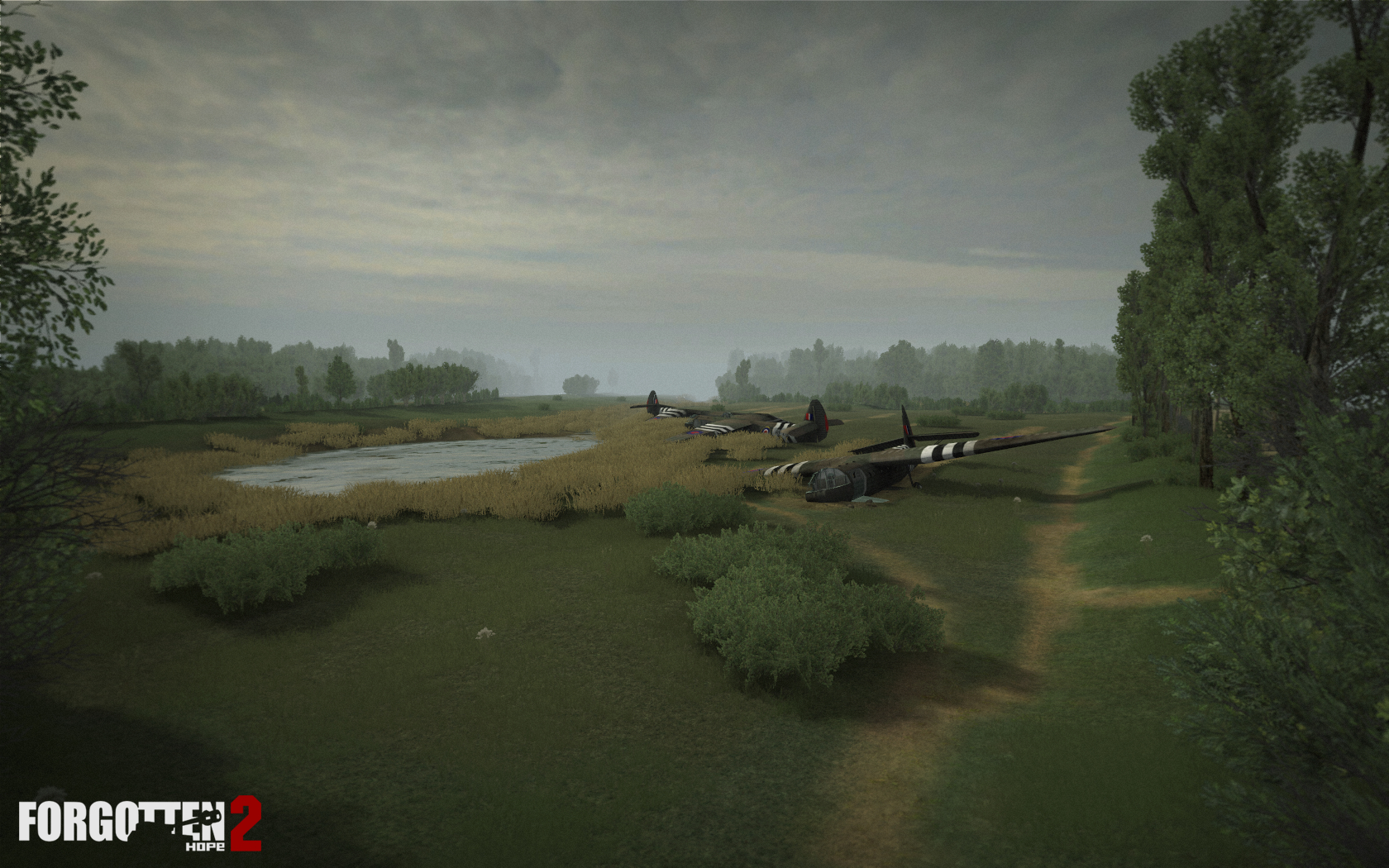
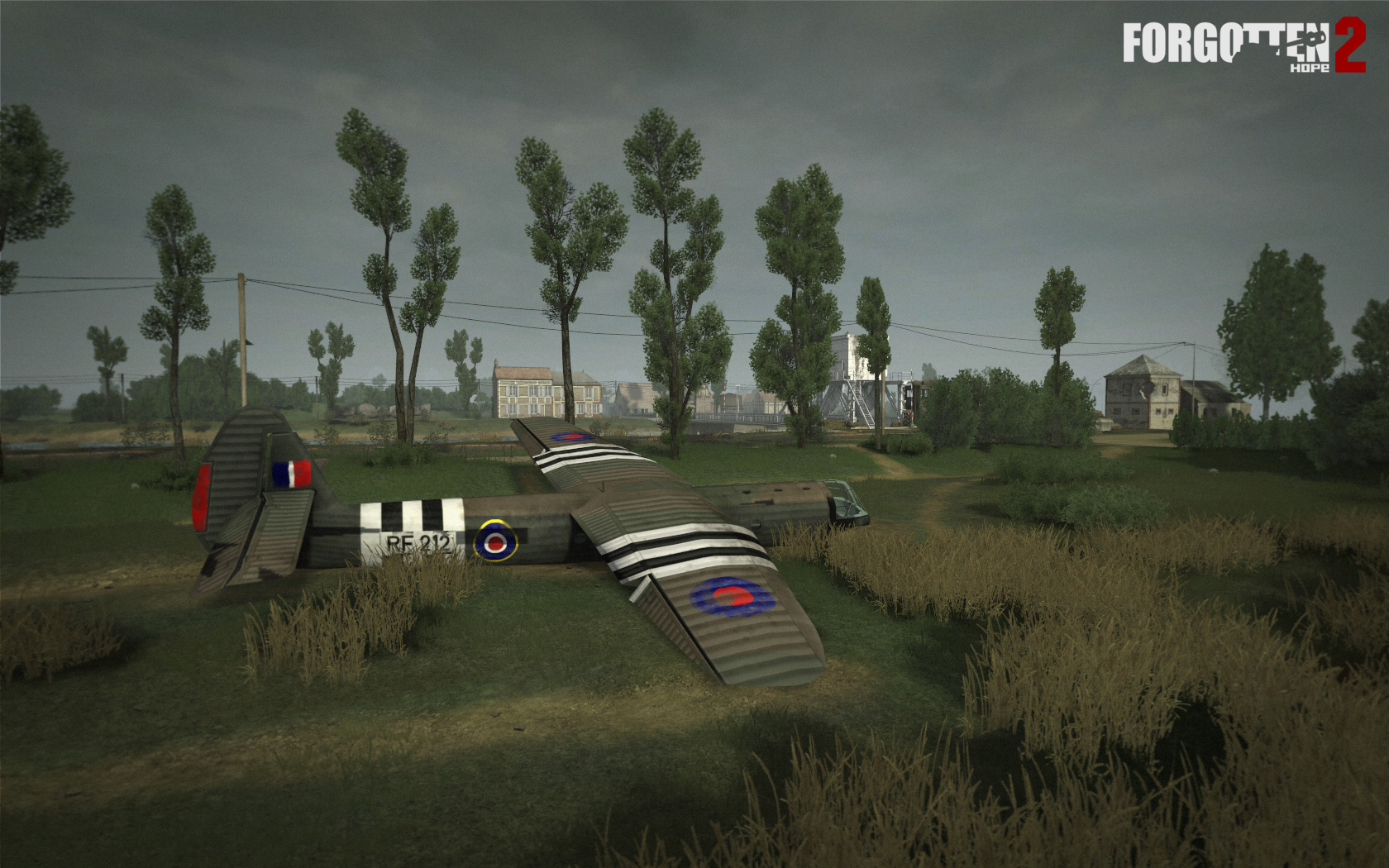

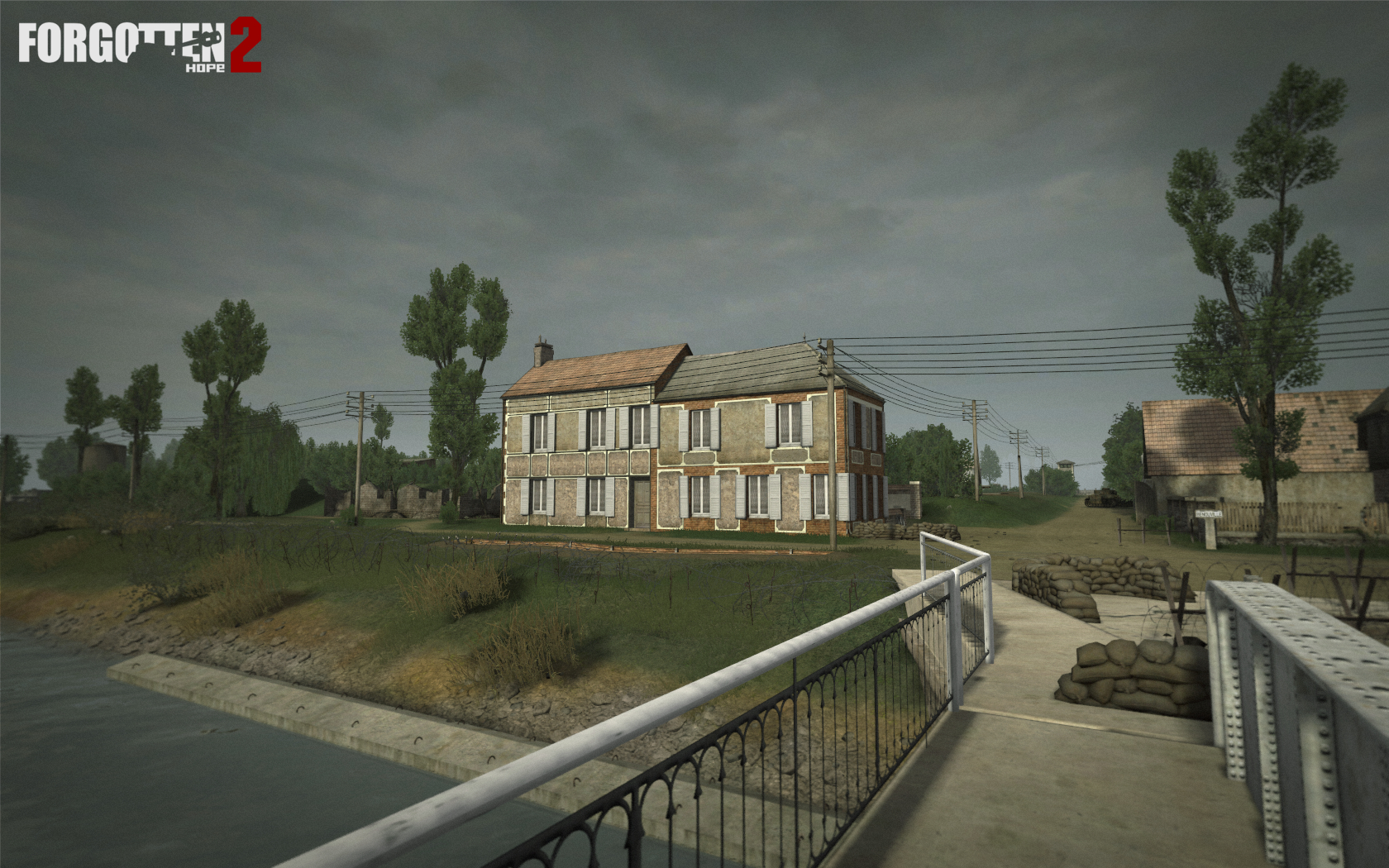
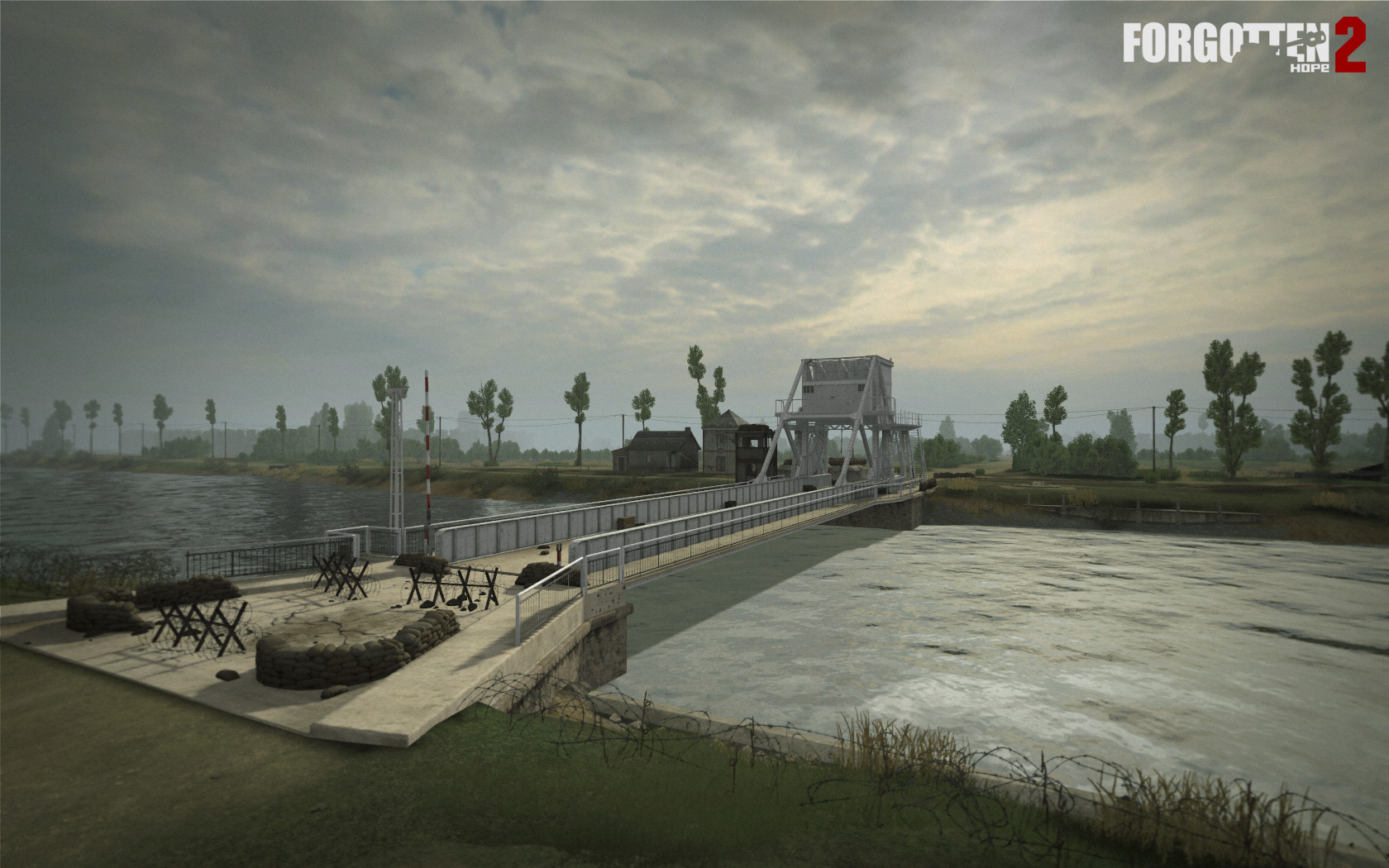

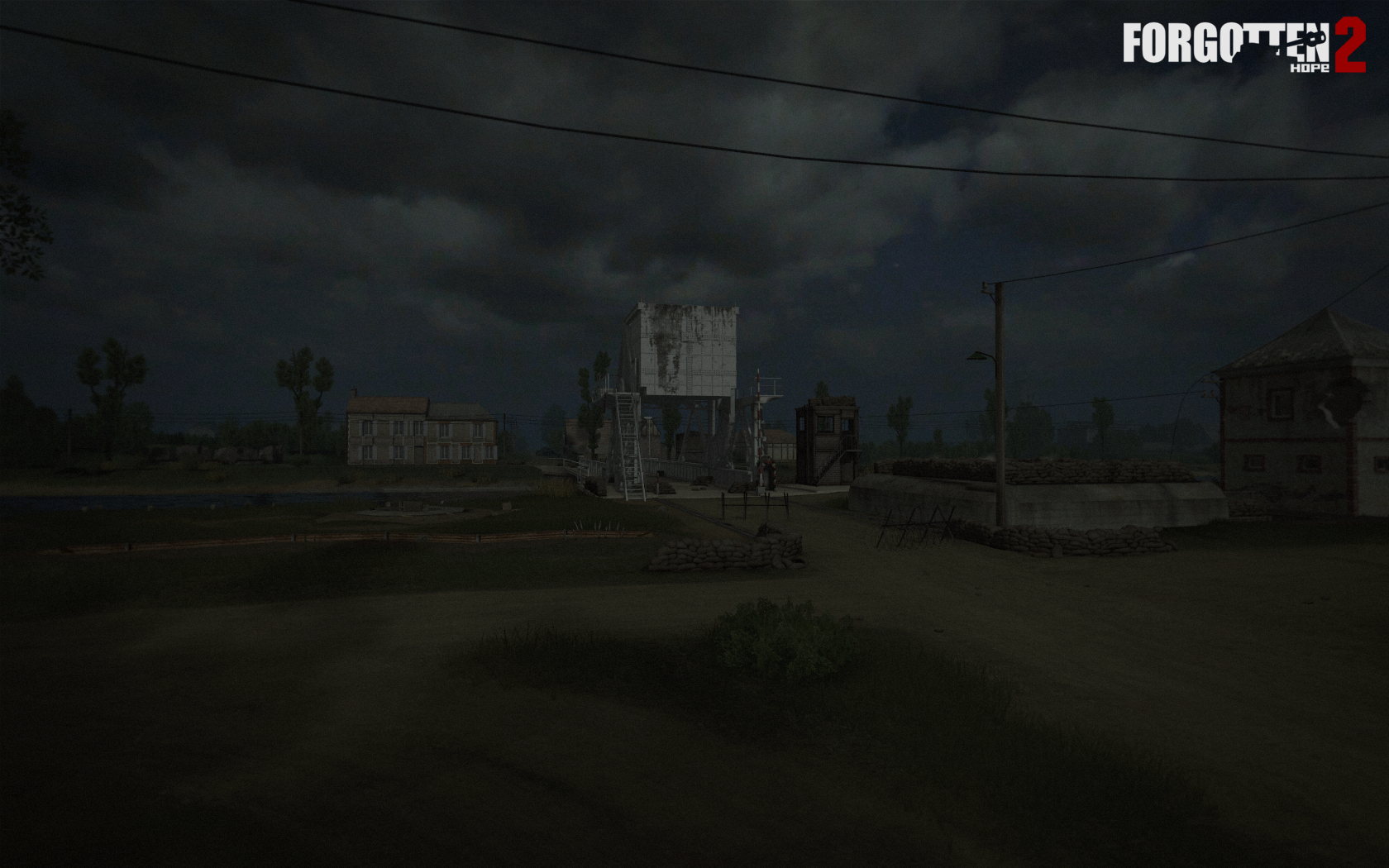
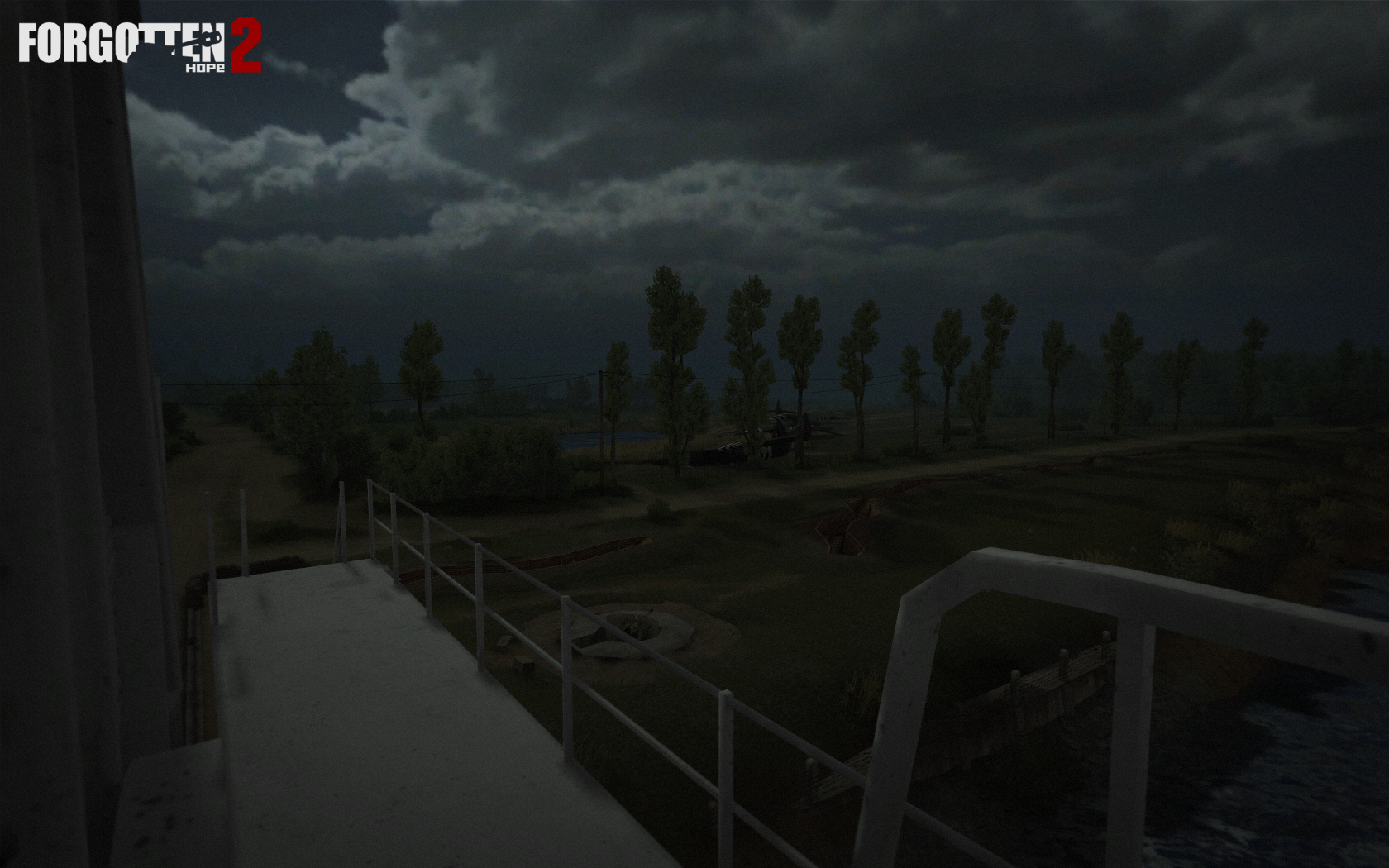
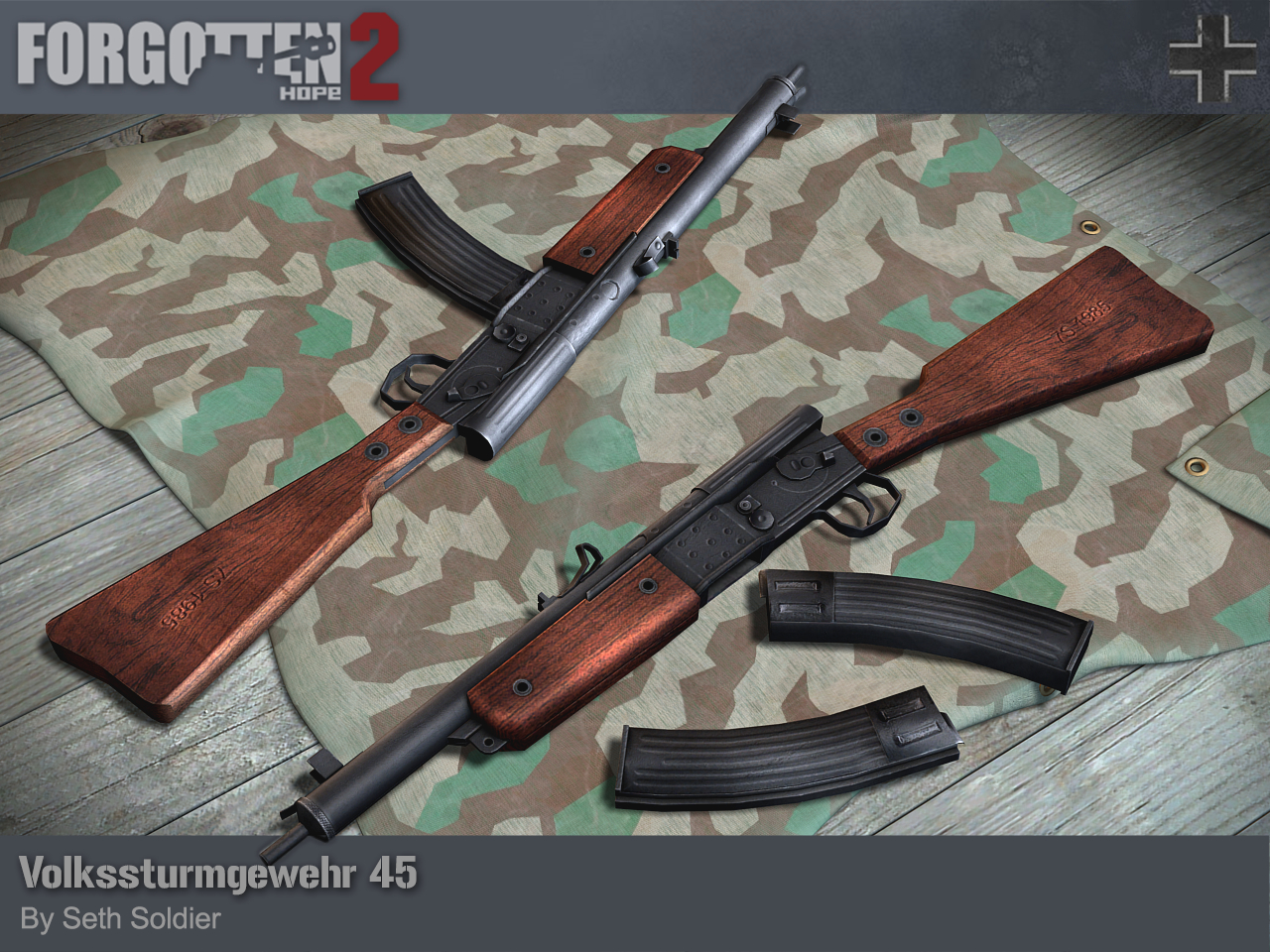
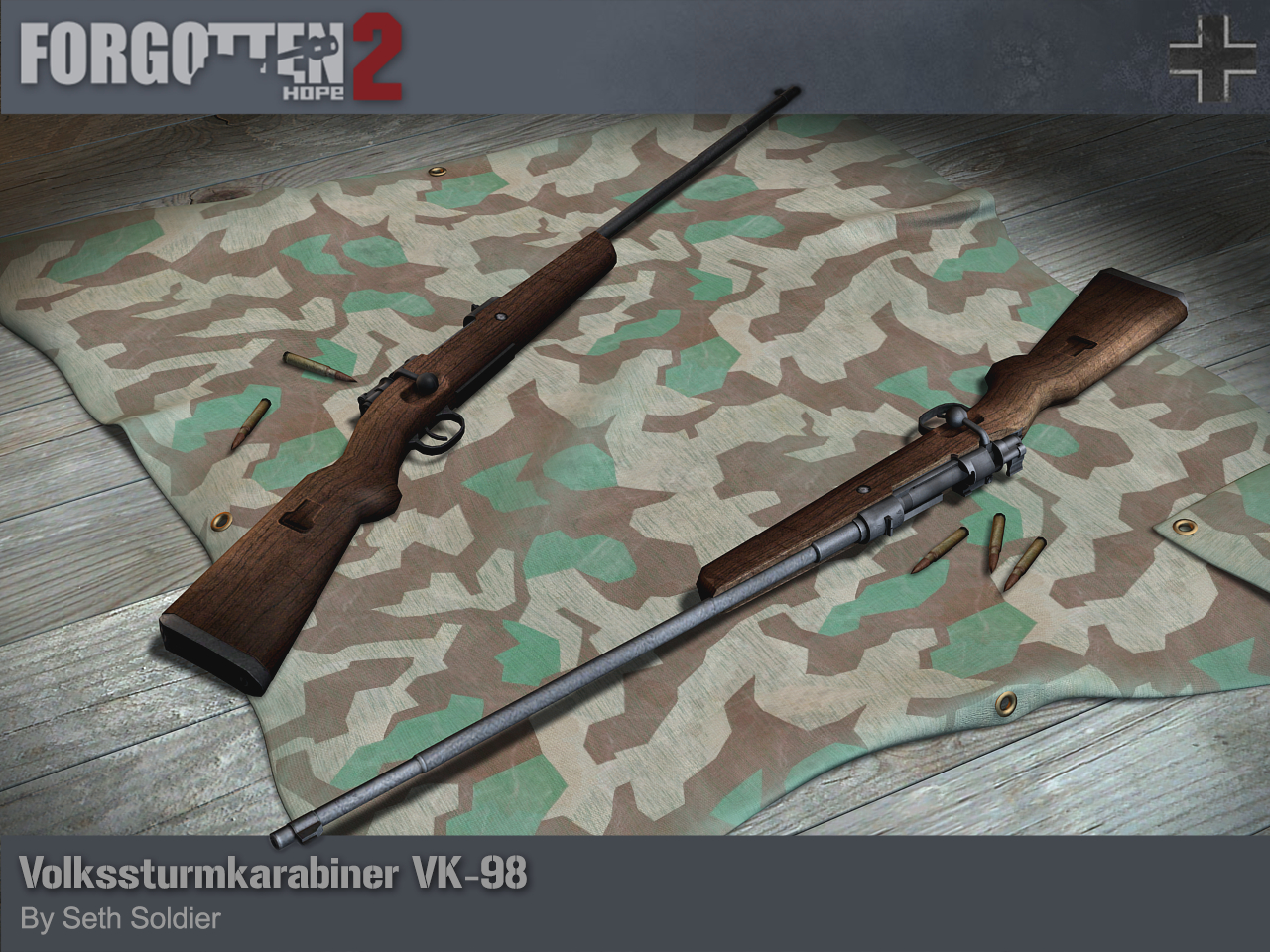


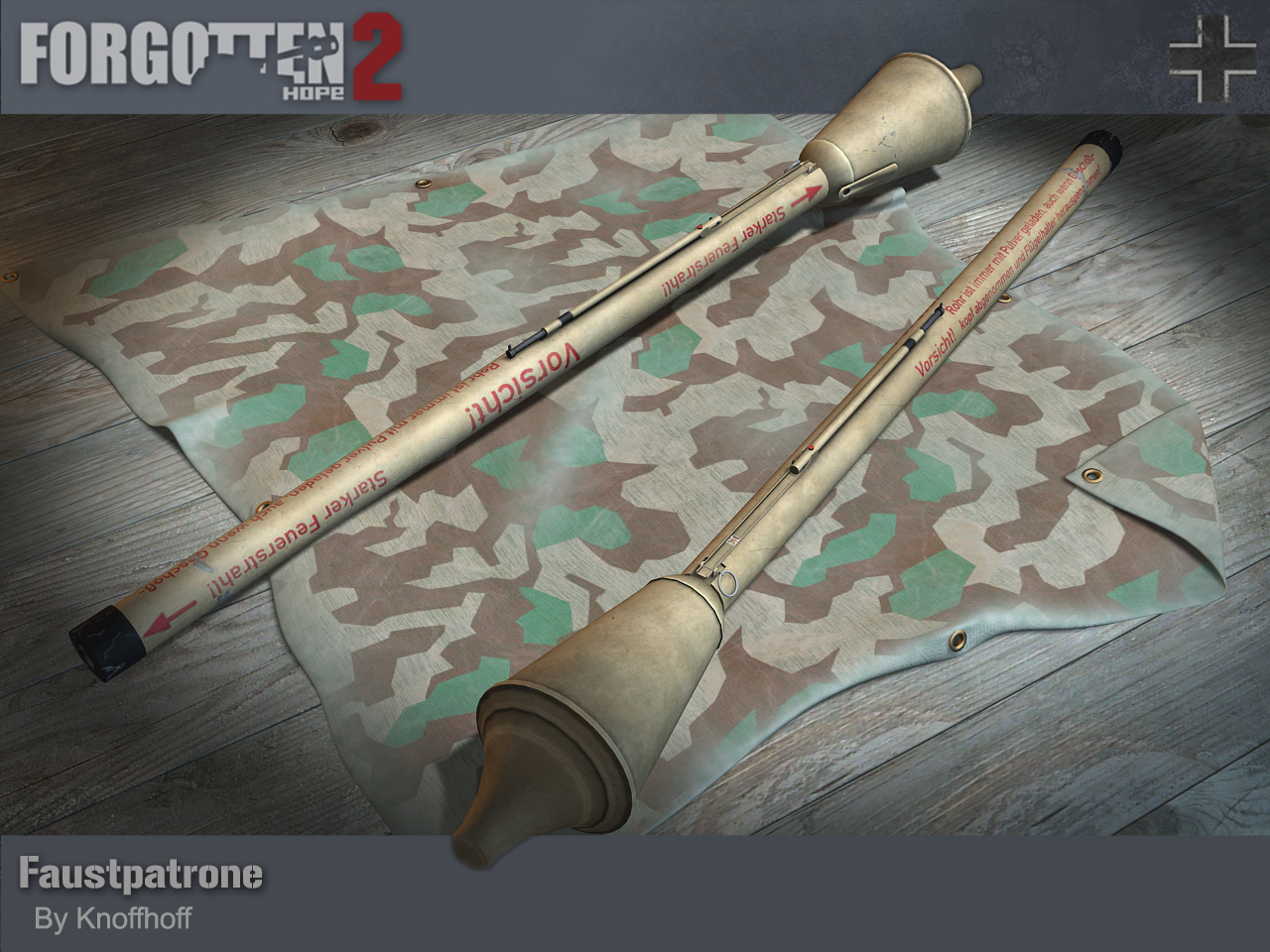
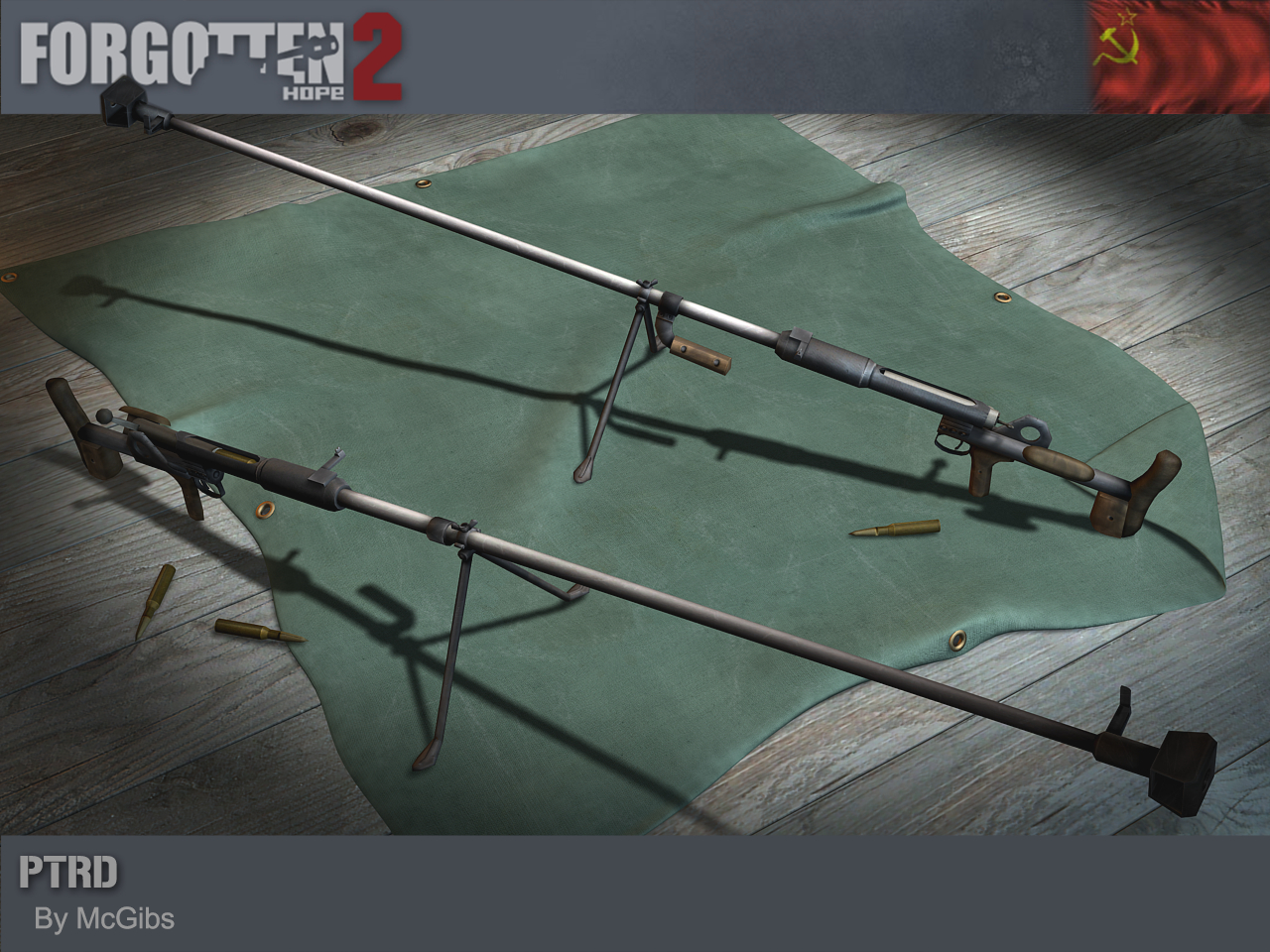
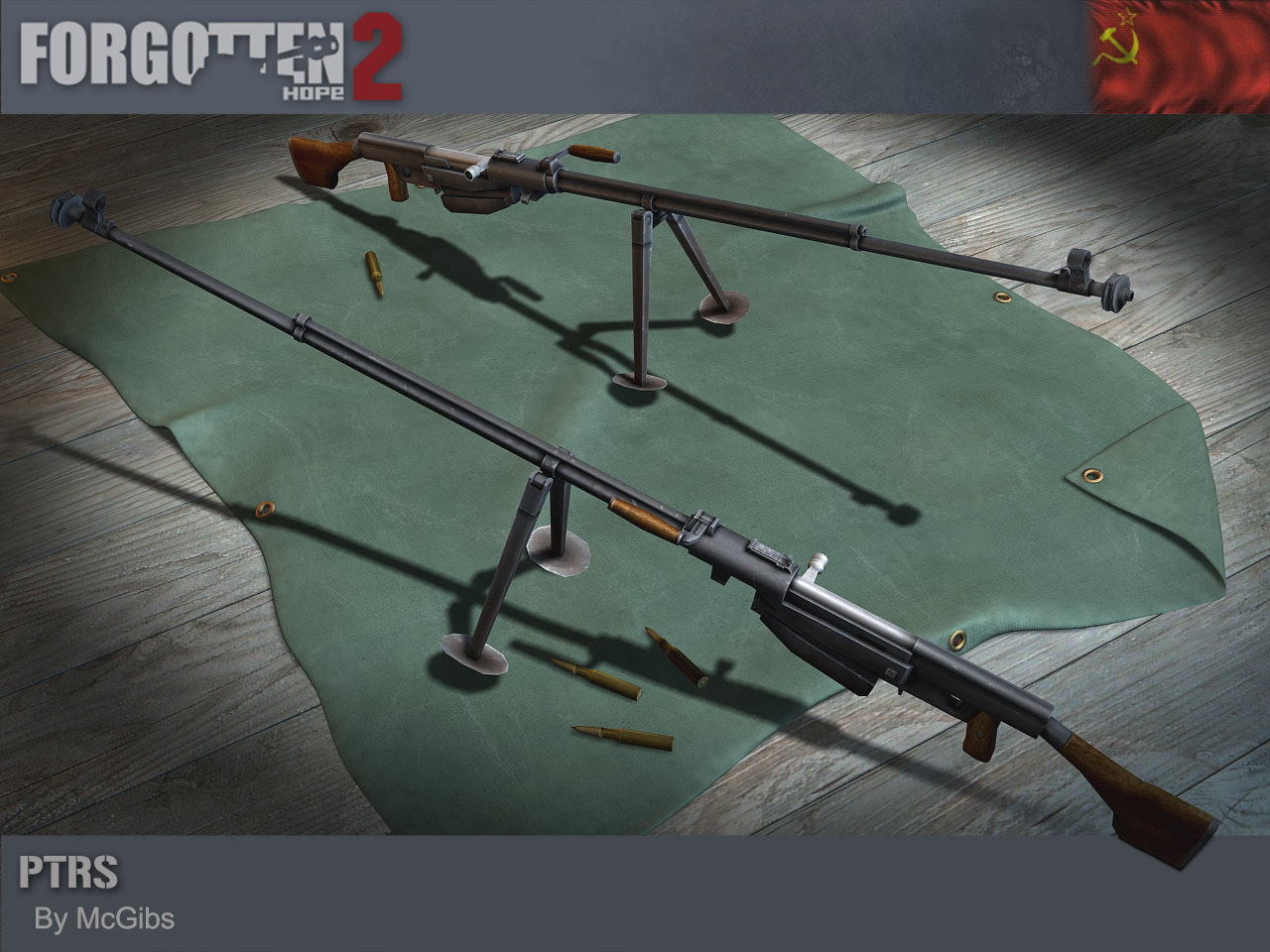
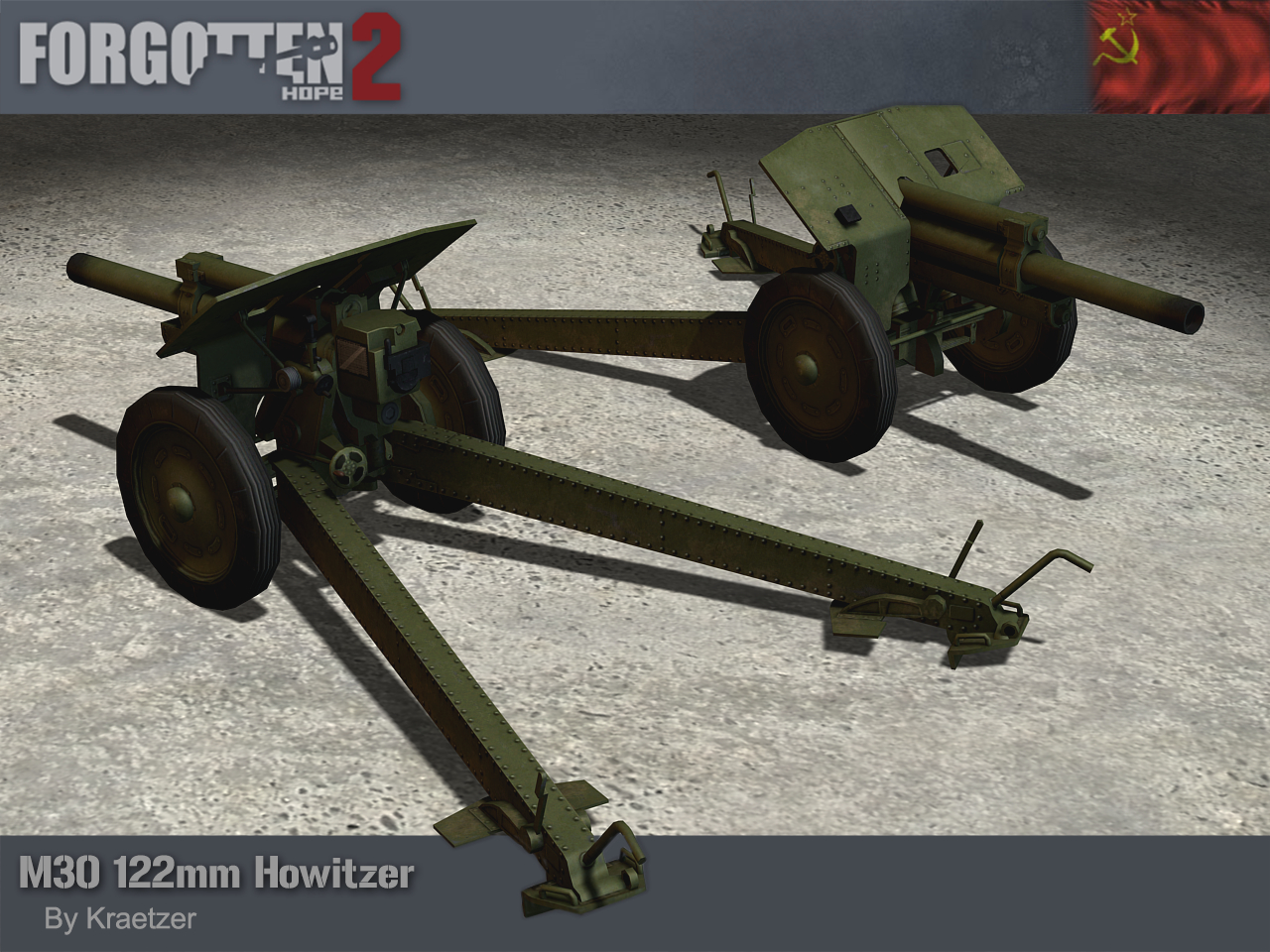



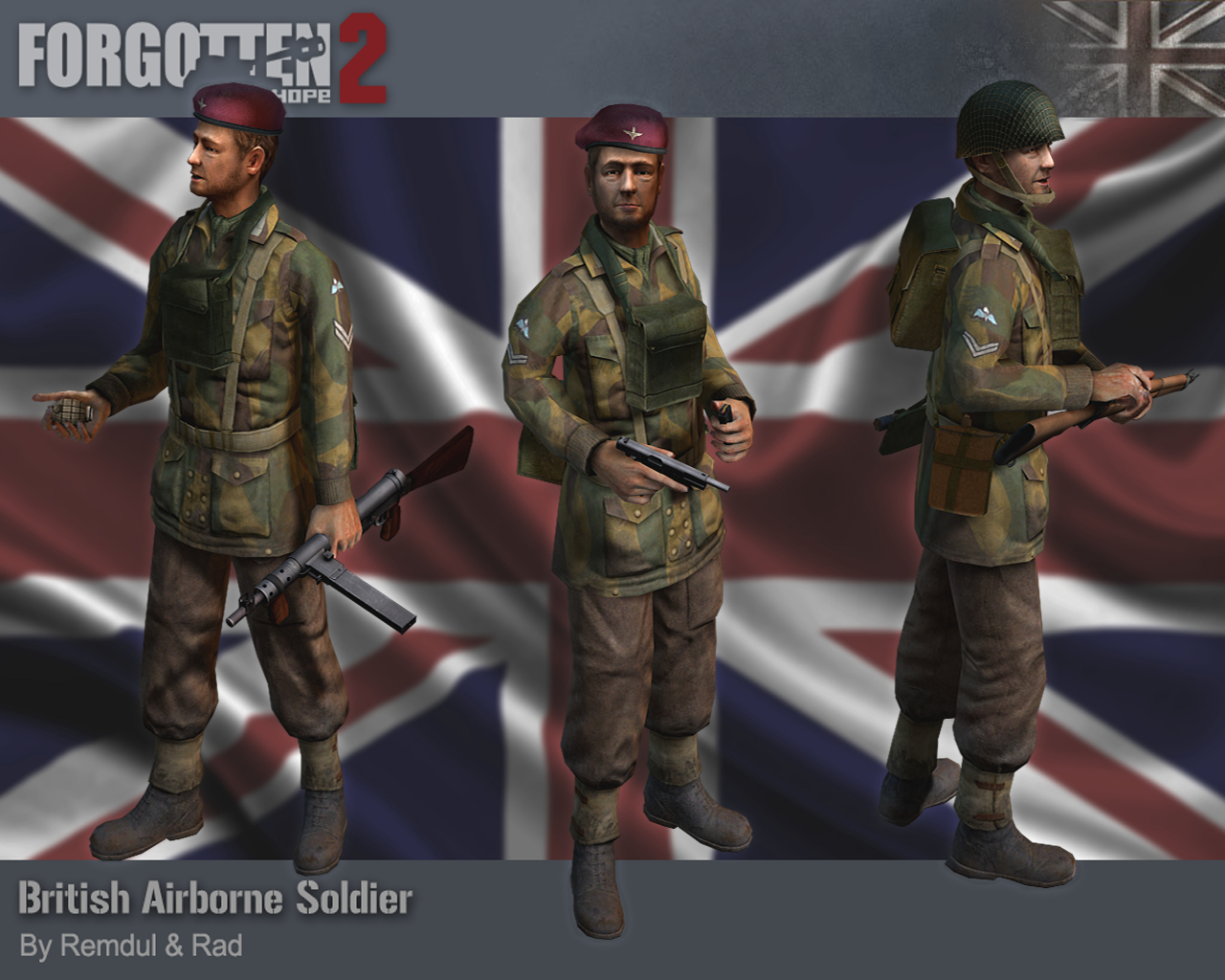
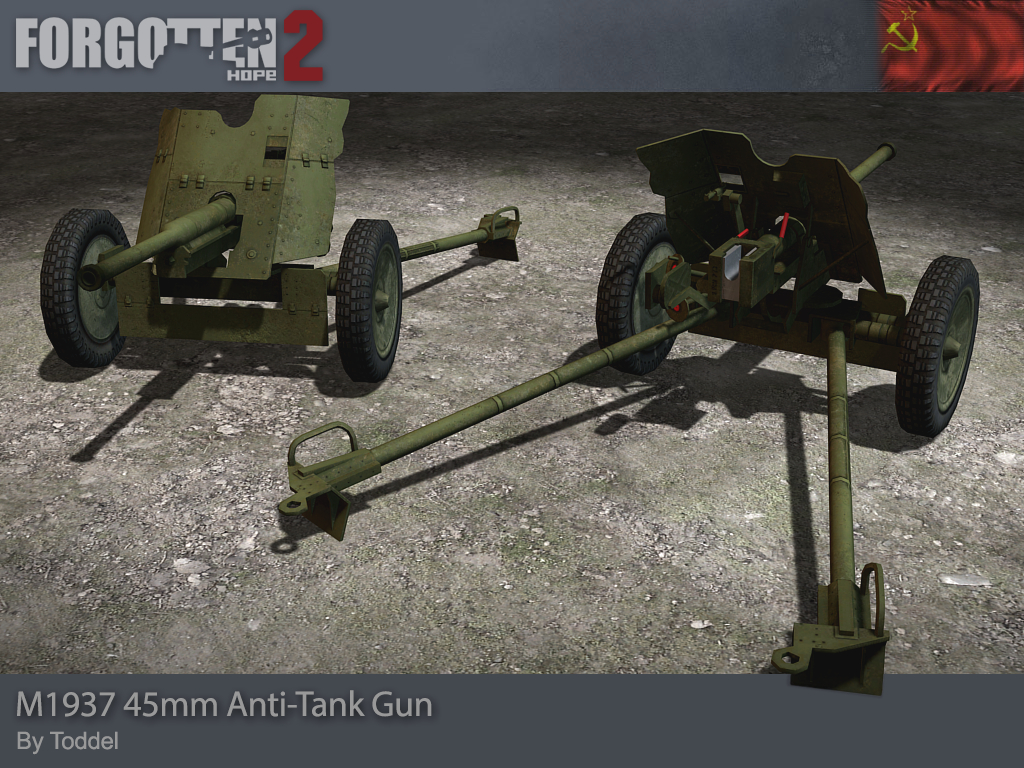
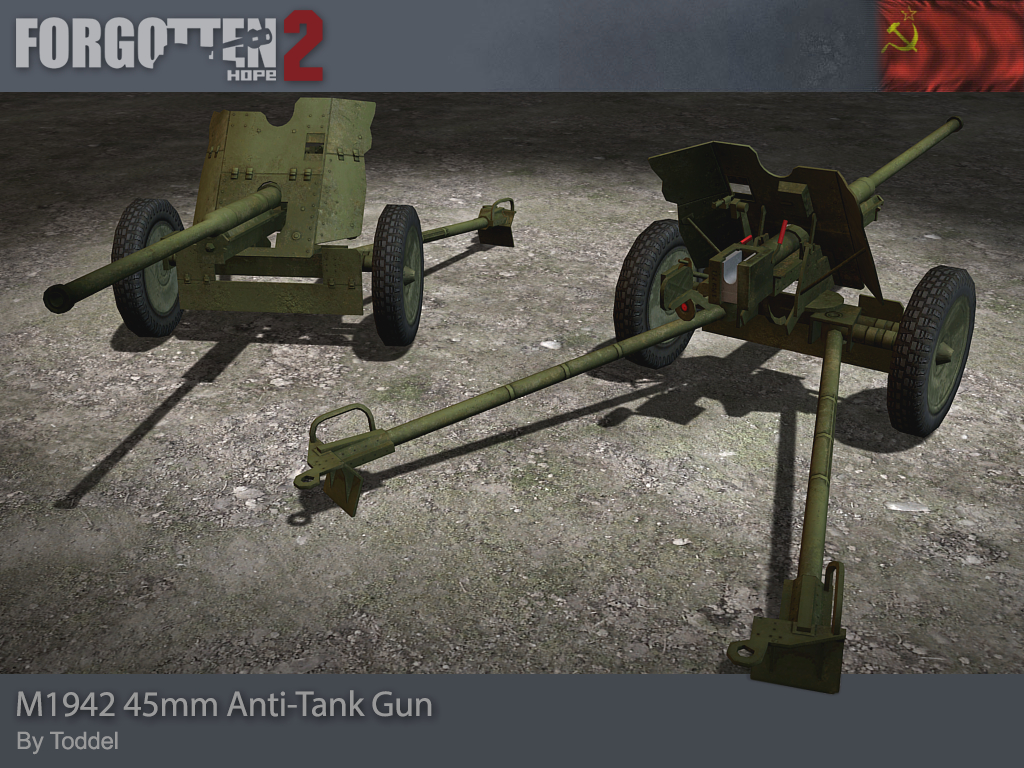
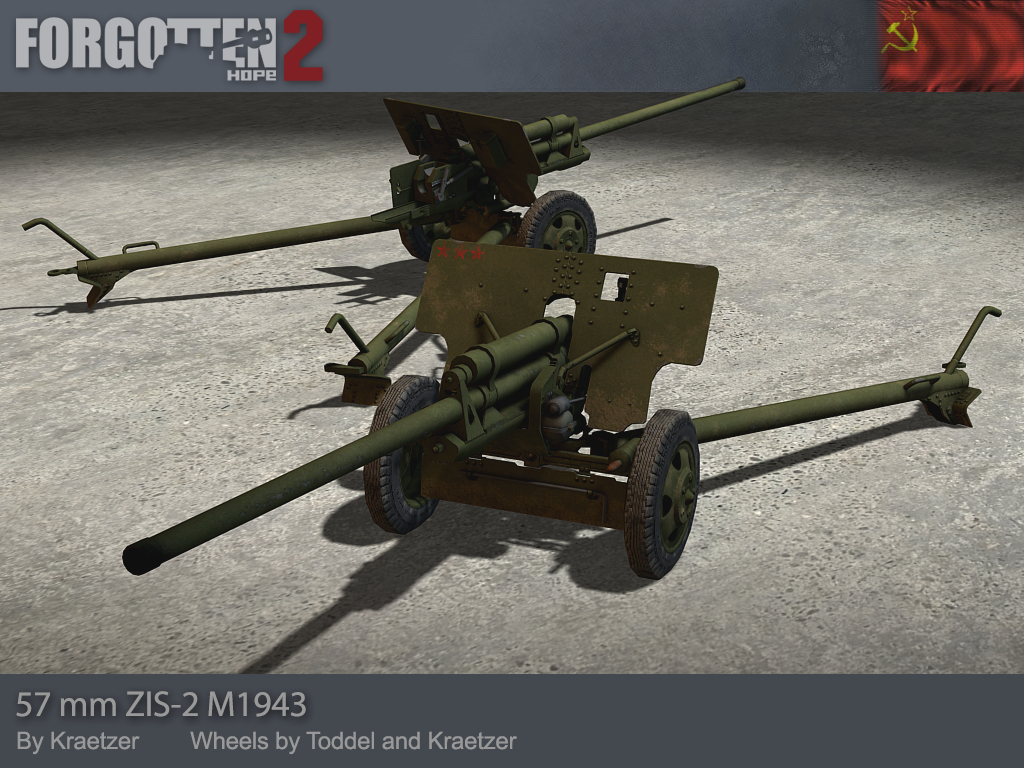
Kurz gemeldet - Interessant aber nicht weltbewegend
in Gesellschaft & Politik
Geschrieben
Ist ja klar, das Rettungspaketgeld das den Banken in den Arsch geblasen wird muss ja irgendwoher kommen.